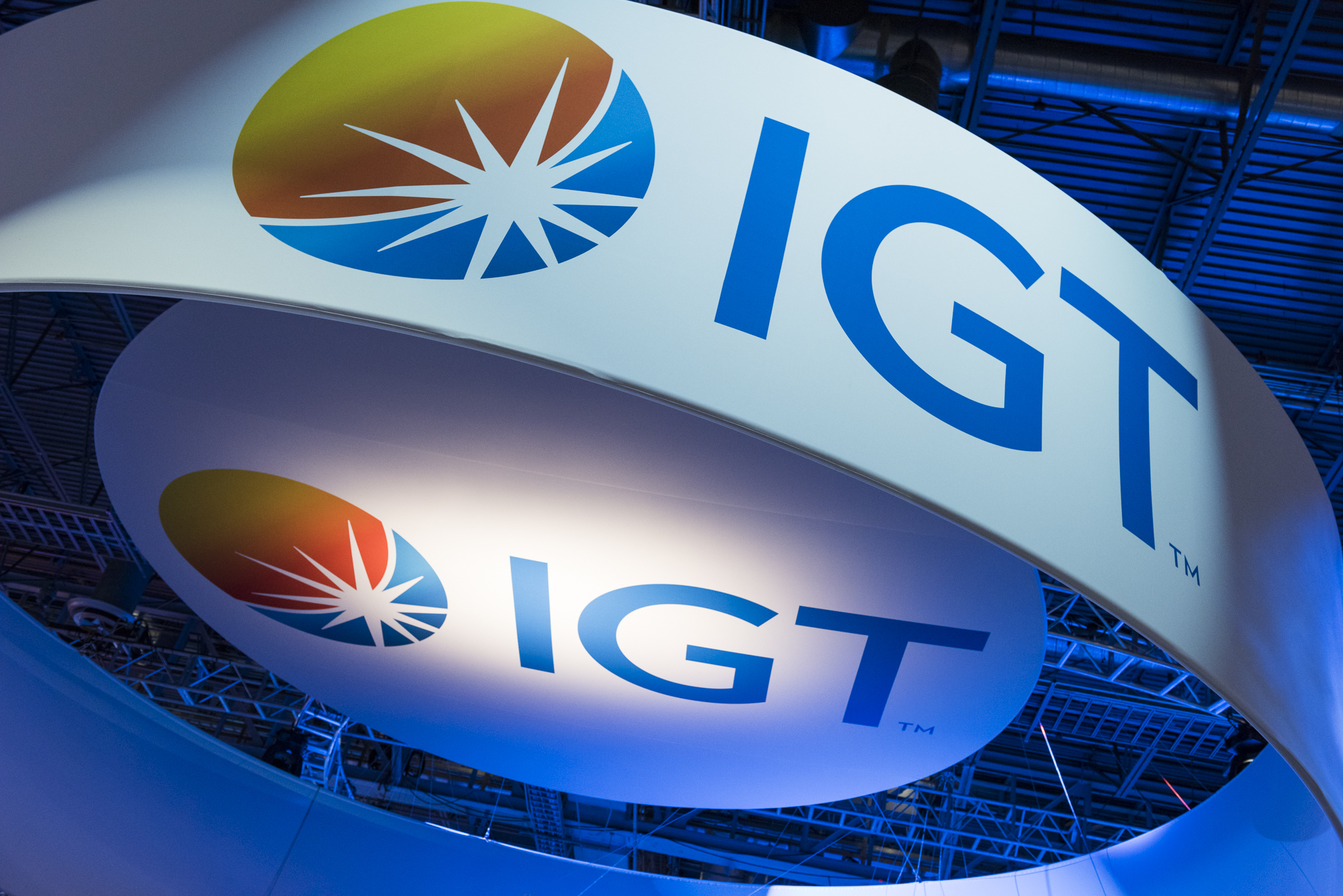
How Millennials Are Transforming Branding
September 21, 2016
Traditional Branding On The Cusp of Disruption
Several studies reveal that traditional marketing and branding disciplines are losing their impact when it comes to serving millennials. Credibility and differentiation are no longer earned simply through what we say. Instead, they’re established by what we do and what others say about us.
How Millennials Decide
Millennials make purchase decisions in a manner uniquely theirs:
They learn as much as they can
They share with their trusted network to gather a consensus of opinion
They strive to forge a two way relationship
They demand discussion and responsiveness
They’re drawn to the authentic – those who do what they say and are true to what they promise
They’re motivated by customized “deals”
“Value” is the prime driver
The Role of Brand is Different for Millennials
The role of brand is about shaping a narrative that defines who you are in a potential relationship:
What you believe
Why you exist
What you do to deliver on this reason for being
How you do it
Personality is more critical than ever:
Personifies the brand
Humanizes the relationship
Shapes communication style – verbal and visual
Guides behavior – relating, teaching, solving, delivering
Selling is bad. Sharing and teaching are good.
Millennials seek to be better equipped to make the decision themselves. They don’t want others making the decision for them and telling them what to do.
Branding is necessary, but no longer sufficient
Millennials need to be engaged as they live. Interrupting them and forcing them to listen to you turns them off. This is one of the major reasons so many are turning away from cable to streaming content. Advertising as we know it is no longer the most effective engagement mechanism.
The new challenge is capturing their attention in the context of how they live. Giving them the information they need to teach themselves and allowing them the freedom to engage with you as they prefer through the channels they choose to use.
If you’re successful in engaging them, they will demand an active dialogue. They will expect you to shape your offer for them based upon what you’re learning in that process.
They will share intensely. If they see you as right for them, all of their friends will know about you and will be encouraged to give you a try. If, however, you turn them off, then rest assured that all in their network will know about it.
Relevance continues to be an important driver. But the definition of relevance is expanded to include both what you offer and who you are in the context of a potential relationship.
Authenticity makes or breaks a relationship. “Are you true to who you say you are?” Is the core question millennials constantly ask. This is the foundation of the new trust.
Responsiveness is also key. Do you hear me and are you willing to show me how much you’re prepared to shape your offer for me based upon what you know about me?
In Conclusion
Branding, engagement and delivery are all one in the same for millennials. They want to form a relationship with an authentic source of value who will commit to being true to their word in promise and deed, engage with them in an active dialogue, shape their offer to meet their desires, deliver in all the ways promised and reward them for their loyalty to you.
Posted under: Branding Strategy, Changes in branding, Demand Driving Strategy, Marketing Strategy, Success Driving Briefs

Need to Work On Your Brand? Coaching May Be The Best Way to Go.
September 13, 2016
Enhancing Brand Consulting Effectiveness
Since founding Catalyst five years ago, we’ve been working to hone the effectiveness of traditional brand consulting engagements. Our clients told us that the big firms take too long and cost too much. They’re seeking a faster and more cost effective alternative.
We were able to fulfill their requests by delivering a new model that actually increased outcome quality through a streamlined process that was both faster and less expensive. By giving clients complete access to the best minds in the firm – those capable of working both smarter and faster – we’ve been able to create business enhancing solutions in less than half the time, for a third of the fees the big firms are charging.
Coaching as an Alternative
Along the way, a select number of clients have started to ask for a new type of engagement. These clients have a strong staff with significant internal capabilities. They’re confronting a new reality where brand alone, while necessary, is no longer sufficient to build attention and engagement needed to spur demand. And they’re being asked increasingly to serve a C-Suite role that integrates marketing and culture to grow revenue and deliver a compelling customer experience.
These clients don’t need an outside firm to come in, do their work and deliver an externally produced branding solution. Instead, they seek external expertise to coach, guide and teach their internal staff to create their own integrated branding, marketing and customer experience solutions.
The Benefits of Coaching
This approach has many benefits. Most of all, because the internal team created the solution, they tend to be more committed to doing all it takes to make it successful. The process of taking ownership breeds the collaboration required to create truly integrated solutions across marketing and customer experience. Furthermore, the solutions tend to be more organic in that they are actively managed and easily honed to respond to internal & external catalysts.
Finding the Right Coach
The challenge lies in finding the right coaching partner. As with all other forms of coaching, a branding coach that follows a rote process for each and every challenge is the wrong way to go. Instead, it is important to find a coach who has the expertise to work within models and frameworks that are right for the individual firm. Most clients already have institutionalized frameworks. If that isn’t the case, most talented teams have experience with particular frameworks that will ease the developmental process. If neither is the case, the coach needs to be able to tailor the right framework to the firm’s needs given the nature of how decisions are made.
The Coach’s Role
First, the coach must guide the team through the process of defining the real business challenge and/or opportunity to be addressed in order to spur demand, ignite growth or neutralize competition.
Second, the coach helps the team to understand market psychology, identify inflection points, map strengths and weaknesses and determine territories for viable long-term positioning based upon relevance and differentiation.
Third, the coach guides the team to chart the customer experience by mapping the path to purchase and the journey to loyalty. Each touchpoint needs to be identified and evaluated. From this, the team determines the fit and strengths of the current brand identity system and frames a plan to retain, refine or transform the brand to fulfill the opportunity.
Fourth, the coach helps the leader shape the resourcing plan – coordinating internal resources and identifying best in class external resources to manage the process of creative exploration, refinement and finalization. The coach also plays a very important role with the C-Suite, reinforcing the leader’s recommendations and providing the context key decision makers need to evaluate proposed solutions.
Fifth, the coach guides the various teams through the process of creating execution plans for marketing and customer experience to optimize the paths to purchase and loyalty. In the process, the coach identifies key training requirements and works with the leader to develop internal team skills.
Finally, the coach works with the leader to institutionalize a program for success measurement, on-going evaluation, strategy refinement and new opportunity identification. This ensures a constant state of readiness and enables an organic go to market solution.
The Brand Coach – My Favorite Way to Engage
For me, this is a welcome new development. My most enjoyable and successful programs resulted from, or evolved into, this type of coaching relationship. The clients I’ve worked with would testify that this approach yields team buy-in and executional effectiveness more successfully than traditional models. It’s an approach best suited for the dynamic demands faced by today’s marketing organizations.
Reach out if you’d like to know more – david.martin@catalystbranding.com
Posted under: Branding Strategy, Changes in branding, Marketing Strategy

7 Lessons For Marketers From The 2016 Campaign
March 30, 2016
While for many the 2016 presidential campaign has been painful to watch, there’s key learning – both good and bad – for marketers to apply in crafting and executing our marketing plans.
If you want to establish a powerful and unassailable position, connect with core needs.
The reason why Donald Trump and Bernie Sanders have drawn disproportionately large crowds to their events is that they’ve both tapped into the politically disenfranchised in a powerful way. While going about it with differing messages, these two polarizing candidates have drawn important support by connecting with these target’s core concerns. In the process, they’ve fostered strong convictions that defy logic.
While it’s important to have a strategy, success often depends on tactical opportunism.
The successful candidates in this race are masters at counterpunching. They rule the news cycle by taking advantage of events as they unfold. They thrive by listening carefully and responding quickly to capitalize on opportunities as they arise.
Differentiation and neutralization are equally important.
We all know it’s important to differentiate our offer from competition, but success in this race has been as much about neutralizing competitive advantages as it has been about differentiation. This one is tricky for there’s a fine line between success and alienation. But, it’s becoming increasingly clear that marketers need to bring neutralization messages into our narrative to help distinguish our offer, particularly if we’re challenging the status quo.
Authenticity remains critically important.
It’s important to remain true to who you are if you want to build meaningful connections. One of the most promising candidates going into the campaign is no longer a factor in the race because he morphed his persona three times in the course of the campaign. Targets sniff that out fast and quickly turn away if you fail the genuine test.
Mechanical repetition of key talking points can alienate targets.
Marketing today is about building a dialogue. That same candidate’s waterloo moment came in the midst of a national debate where he mechanically repeated his key talking points over and over in the face of critical onslaught. It turned many interested voters off and cost him valuable ground, which he never recovered. Targets want to be talked with, not at.
Influencers can be effective if they are credible.
We’ve seen a marked dilution of the impact of endorsement in this campaign. Does that mean influencers are no longer valuable? Research tells us that third party endorsement remains one of the most powerful catalysts in the buying decision for both consumer and b2b targets. But, targets must believe the endorser’s message. They just can’t say it. It must be credible.
The impact of traditional marketing media is on the wane.
Fascinatingly, attack ads are not working in this election as they have in prior contests. The most polarizing, yet successful candidate has leveraged free media and relied primarily on Twitter and Instagram as his social media of choice. This has worked gloriously for him. Targets are consuming media as they live today. New channels are reaching people more effectively than traditional channels. It’s time marketers take notice.
These are some of the key lessons I’ve taken away. I’m sure there are many more insights that each of you have gleaned from this process. I’d love to know what they are. Please share.
Posted under: Branding Strategy, Changes in branding







